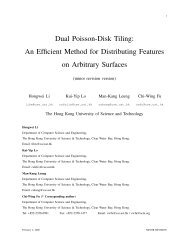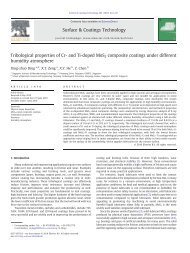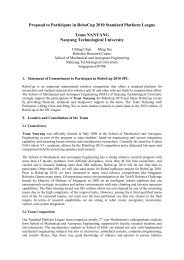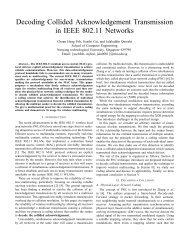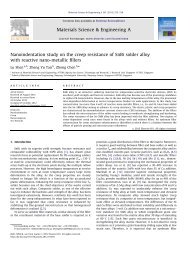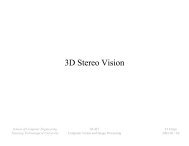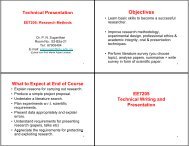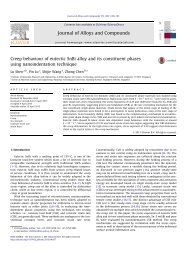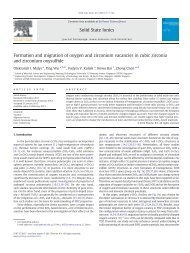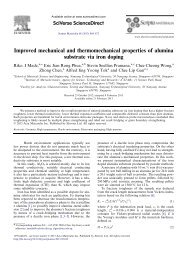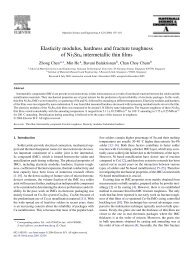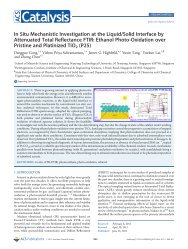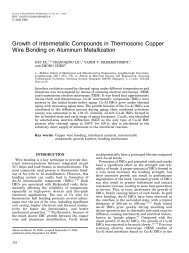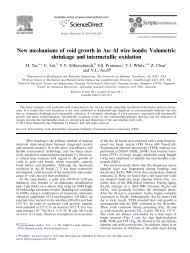ifrender - Nanyang Technological University
ifrender - Nanyang Technological University
ifrender - Nanyang Technological University
Create successful ePaper yourself
Turn your PDF publications into a flip-book with our unique Google optimized e-Paper software.
14 • Wu et al.<br />
Fig. 25. Novel views of Belvedere. Using the optimized view-dependent model, we can relight Belvedere under different lighting configurations.<br />
Fig. 26. Modeling and animating 3D scenes with possible and impossible objects. See the submission video for the complete animation.<br />
used to preserve the overall shape of the top roof. Note that while<br />
the novel views still preserve all straight connections, the waterfall<br />
model looks skewed at the novel view due to the severe structural<br />
inconsistency inherent in this impossible figure.<br />
6.4.5 Belvedere. This impossible figure belongs to the class of<br />
depth interposition. The height-fields of the possible parts, namely,<br />
the upper level and the lower level, are available. Connection constraints<br />
are used to enforce the pillars to be connected to both<br />
the upper and lower levels. Similar to Construction, parallel and<br />
collinearity constraints are specified to maintain the overall shape<br />
of the entire architecture. Figure 25 shows some novel views generated.<br />
Notice that we inpainted the background layer to further<br />
enhance the rendering effect of this masterpiece by M. C. Escher.<br />
6.4.6 Possible and Impossible. Finally, we blend our impossible<br />
object (that is, the optimized view-dependent model) into a geo-<br />
Submitted for second review in ACM Transactions on Graphics, 2010.<br />
metrically possible 3D scene to create special effects. Figure 26<br />
(top and middle row) shows several snapshots of the animation sequence<br />
of such scenes. The novel viewpoints are specified using a<br />
rigid camera, where standard perspective transformation is applied<br />
to the possible objects and also to the rigid part of view-dependent<br />
model. Constrained-TPS optimization is applied to the non-rigid<br />
parts of the model as described in the paper. Using previous 3D<br />
approaches it is difficult to produce these animations, because constructing<br />
per-frame 3D model was done by hand or else required<br />
expensive computation.<br />
Note in particular the bottom row of Figure 26 where we show the<br />
zoom-in views of a possible object (a ball) bouncing on an impossible<br />
object (Ascending and Descending). This involves collision<br />
detection and response handling. The problem is non-trivial when<br />
impossible objects are involved: a possible and an impossible object<br />
cannot interact directly in the same 3D space because the latter<br />
is highly deformed. While this is a future work to pursue, here we



